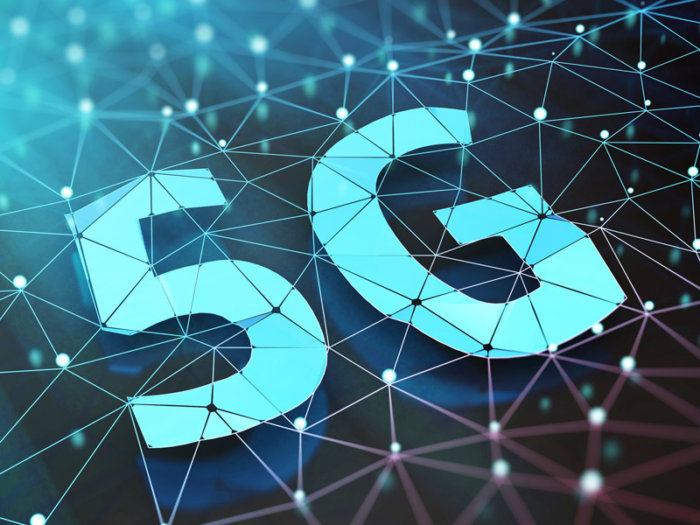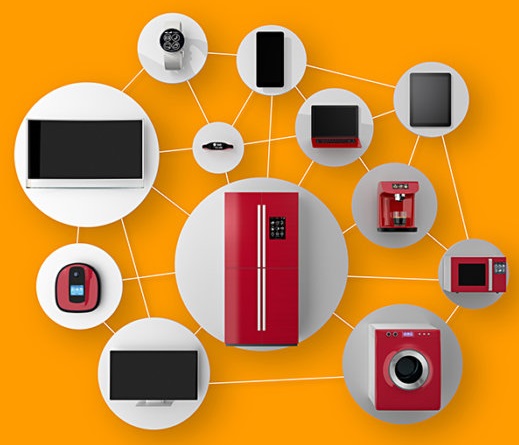In 2012, Swedish pest control company Anticimex began a period of rapid expansion into 18 countries and now reaps revenues of $474 million thanks in part to an aggressive new technology plan that hinges in part on the Internet of Things. Anticimex’s embrace of IoT goes back to a regional manager in central Europe reading a story about rat infestations in Copenhagen and inventing a motion-detector-based rat trap for use in sewers, according to company’s CIO Daniel Spahr.
IoT Target: Rats
 The basic system Anticimex uses for its main industrial customers used to be totally manual – a worker would have to stop by once a week or once a month to check if any rats had been unlucky enough to be caught in a given trap.
The basic system Anticimex uses for its main industrial customers used to be totally manual – a worker would have to stop by once a week or once a month to check if any rats had been unlucky enough to be caught in a given trap.
“What happens during that other 29 days of the month? Do you really know that nothing’s happening? With the digital traps, you do know,” said Spahr.
Anticimex’s smart traps send real-time data back to the company, detailing whether they’re detecting nearby motion, and whether the trap has been activated. The units are powered by rechargeable batteries of various size, and can also send warnings when they’re low on power or otherwise need maintenance.
The networking is based on SIM cards, sending SMS messages via 2G and 3G networks to a central hub located in Denmark, keeping the team in the loop on what’s happening with its traps around the clock. The comparatively low-tech method of communication has the added bonus of being highly secure - it's hard to hack a system with just a text message
The Data
When the system started out, Spahr said, it wasn’t particularly sophisticated in the way it handled the information sent back to headquarters.
“[The original] system has some basic reporting, but it’s more of a straightforward, dumb database,” he told Network World.
That’s changed since then, thanks to new technology from software company IFS. In the past year, the two companies have worked to create a more meaningful IoT platform, getting data into a more useful repository.
Spahr said that Anticimex has been using the new platform since April – the initial trial run is taking place in Finland – and is just now starting to really crunch the numbers to make the business more efficient. Identifying battery life trends – including bad cells that should be replaced – can help with resource planning.
“It’s like if you walked up to a whiteboard and you pick up a pen, and it’s not working, the thing that everybody does is they put on the cap and they put it back and they grab another pen – what they should do is throw away that pen,” he said.
Anticimex also hopes to be able to track pest trends globally, letting the company’s sales and marketing departments target their efforts more precisely. But in the longer-term, Spahr said that the idea is to make some of the information easily available to customers, giving them a look into pest control efforts taking place on their premises.
Source: Network World

 The problem stems from Myspace not being, you know, the most widely-used service anymore. As such, it has extensive mechanisms and advice available for recovering accounts when you’ve lost the password, no longer have access to the email address associated with the account, or don’t remember your Myspace username.
The problem stems from Myspace not being, you know, the most widely-used service anymore. As such, it has extensive mechanisms and advice available for recovering accounts when you’ve lost the password, no longer have access to the email address associated with the account, or don’t remember your Myspace username. The next step in the evolution of wireless WAN communications - known as 5G - is about to hit the front pages, and for good reason: it will complete the evolution of cellular from wireline augmentation to wireline replacement, and strategically from mobile-first to mobile-only.
The next step in the evolution of wireless WAN communications - known as 5G - is about to hit the front pages, and for good reason: it will complete the evolution of cellular from wireline augmentation to wireline replacement, and strategically from mobile-first to mobile-only.
 During the past few years, the Internet of Things (IoT) has become one of the hottest movements of our time. Although many technology trends and buzzwords come and go overnight, it’s clear that the IoT is here to stay. Almost half of the world's population is online, and technology is a deeply integrated part of our lives. Smart thermostats regulate our business and household temperatures, connected cameras watch over our homes and pets, online TVs and speakers respond to our every need, and intelligent devices constantly monitor our health.
During the past few years, the Internet of Things (IoT) has become one of the hottest movements of our time. Although many technology trends and buzzwords come and go overnight, it’s clear that the IoT is here to stay. Almost half of the world's population is online, and technology is a deeply integrated part of our lives. Smart thermostats regulate our business and household temperatures, connected cameras watch over our homes and pets, online TVs and speakers respond to our every need, and intelligent devices constantly monitor our health. An Israel-based company called Nice Systems, a Verizon partner, reportedly exposed as many as
An Israel-based company called Nice Systems, a Verizon partner, reportedly exposed as many as